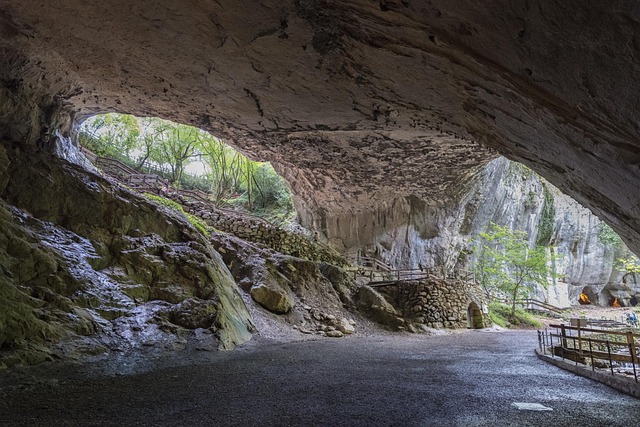Eclectic dining experiences are revitalizing urban spaces through innovative cuisine and unique real estate transformations. Restaurants blend diverse flavors, traditional techniques, and modern twists, offering global culinary journeys in converted warehouses or historic structures. Southwestern cuisine exemplifies this trend, showcasing Native American, Mexican, and Spanish influences with fresh local ingredients, bold spices, and signature chiles. These destinations blend intriguing atmospheres with distinctive menus, becoming community landmarks that attract locals and tourists for authentic culinary adventures.
“Discover a fusion of real estate and culinary art in the vibrant world of eclectic dining experiences. This exploration delves into the unique blend of flavors and cultural heritage that define southwestern cuisine. From historic spaces revitalized as gastronomic hotspots to dishes reflecting centuries-old traditions, these restaurants offer more than just meals—they’re destinations that transform the way we experience food and places. Uncover why eclectic eateries are becoming the new must-visit spots on the culinary map.”
Unveiling Eclectic Dining: Where Real Estate Meets Culinary Artistry

In the dynamic intersection of real estate and culinary artistry, eclectic dining experiences are transforming urban landscapes into vibrant, cultural melting pots. Restaurants that defy categorization are emerging as landmarks, offering patrons a journey through diverse flavors and innovative presentations. These establishments blend traditional techniques with modern twists, showcasing the rich tapestry of global cuisines.
The concept of eclectic dining goes beyond mere menu diversity; it’s about creating spaces where people from all walks of life can gather, connect, and share unique culinary moments. Real estate plays a pivotal role in this narrative by providing the canvas upon which these artistic visions are brought to life. From converted warehouses to historic buildings reimagined as gastronomic havens, the physical surroundings become an extension of the dining experience itself, fostering an atmosphere that’s as captivating as the food.
Southwestern Cuisine: A Cultural Tapestry of Flavors and History

Southwestern cuisine is a vibrant tapestry woven with influences from Native American, Mexican, and Spanish cultures, creating a unique culinary experience that reflects the region’s rich history and diverse communities. This dynamic blend of flavors has captivated palates not just in the Southwest but across the nation and even globally. The heart of Southwestern cooking lies in its use of fresh, local ingredients, with an emphasis on bold spices, hearty stews, and sizzling sauces. Chiles, in particular, are a cornerstone of this cuisine, offering a range of heat and flavor profiles that add depth to every dish.
Beyond the culinary delights, Southwestern cuisine also tells a story of cultural exchange and adaptation over centuries. As settlers and traders moved through the region, they brought with them their own culinary traditions, which intertwined with the indigenous cooking methods and ingredients. This melting pot of cultures has resulted in a real estate of flavors where each dish can transport you to a different era and place, making it a true adventure for the senses.
Exploring Unique Spaces: Eclectic Restaurants as Must-Visit Destinations

Eclectic dining experiences have transformed the restaurant scene, offering more than just food—they provide a sensory journey through unique spaces that captivate the senses. These restaurants are not just places to eat; they’re destinations in themselves. The interior design often reflects a fusion of styles, creating an atmosphere that’s as intriguing as the menu. From vintage industrial chic to modern minimalist aesthetics, each restaurant offers a distinct experience that resonates with diverse tastes and backgrounds.
In the realm of southwestern cuisine, these eclectic spaces merge cultural influences from Native American heritage to Mexican traditions, reflected in both decor and dish offerings. The real estate aspect comes into play as these restaurants often occupy prime locations, becoming landmarks within their communities. They attract locals and visitors alike, not just for their distinctive ambiance but also for the authentic culinary adventures they offer, making them must-visit spots for anyone exploring the vibrant food scene.






